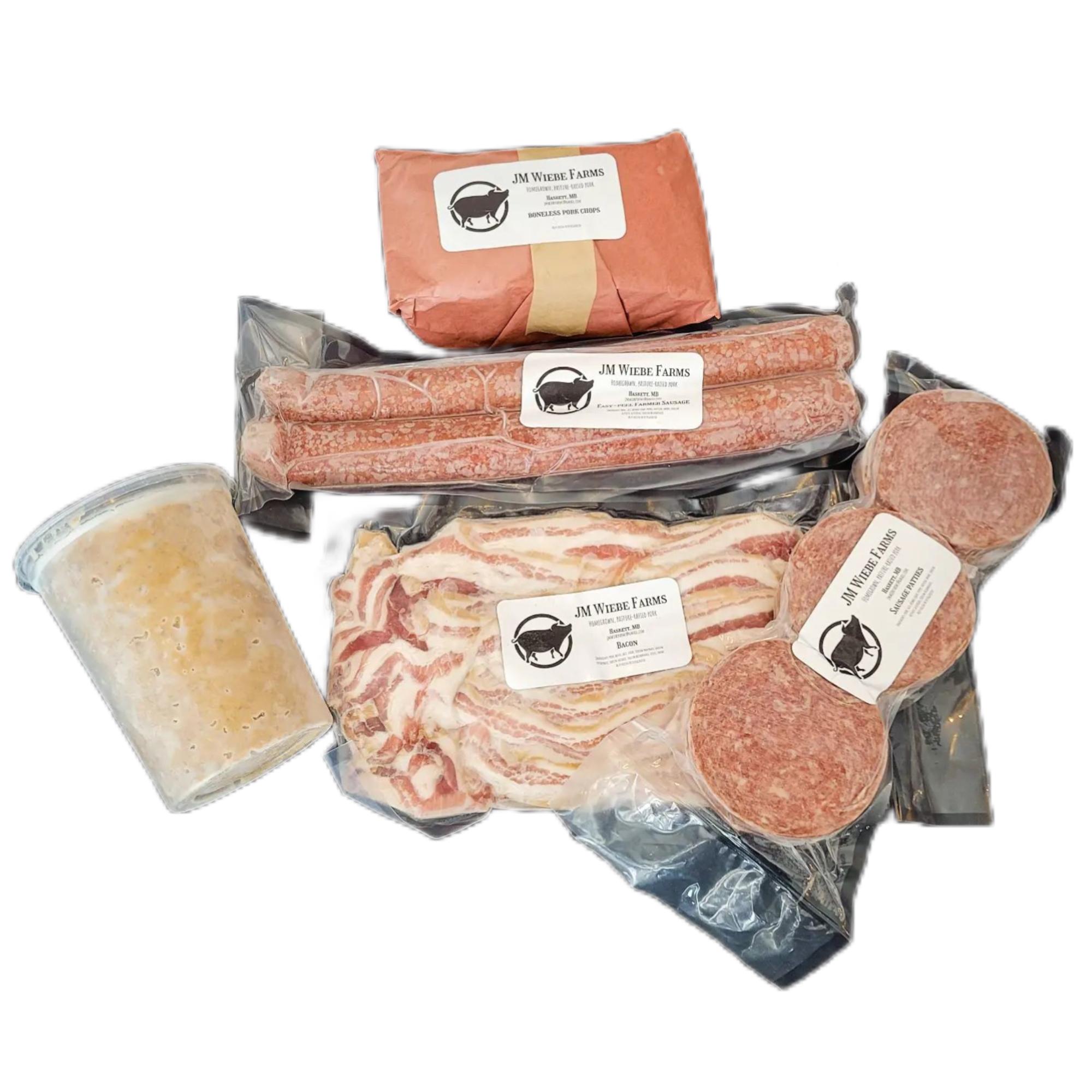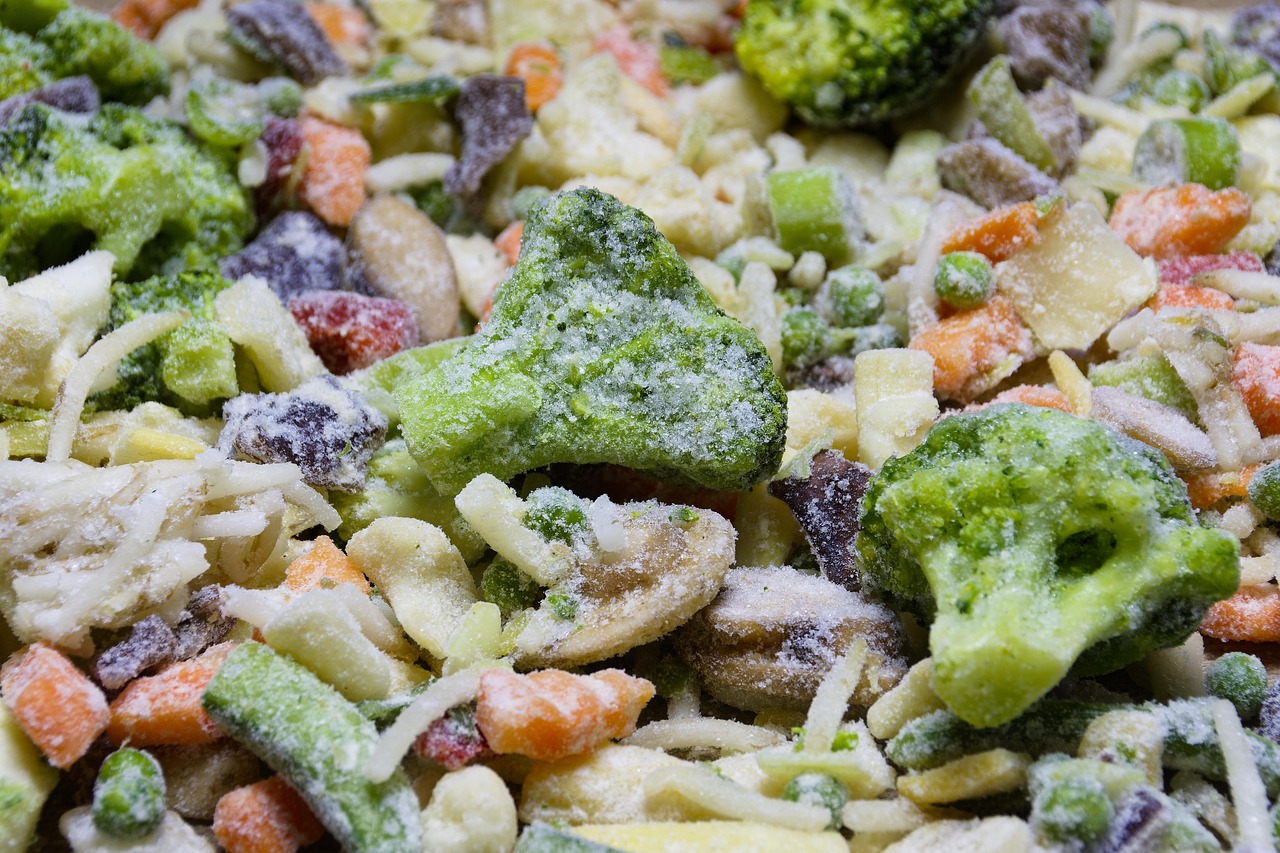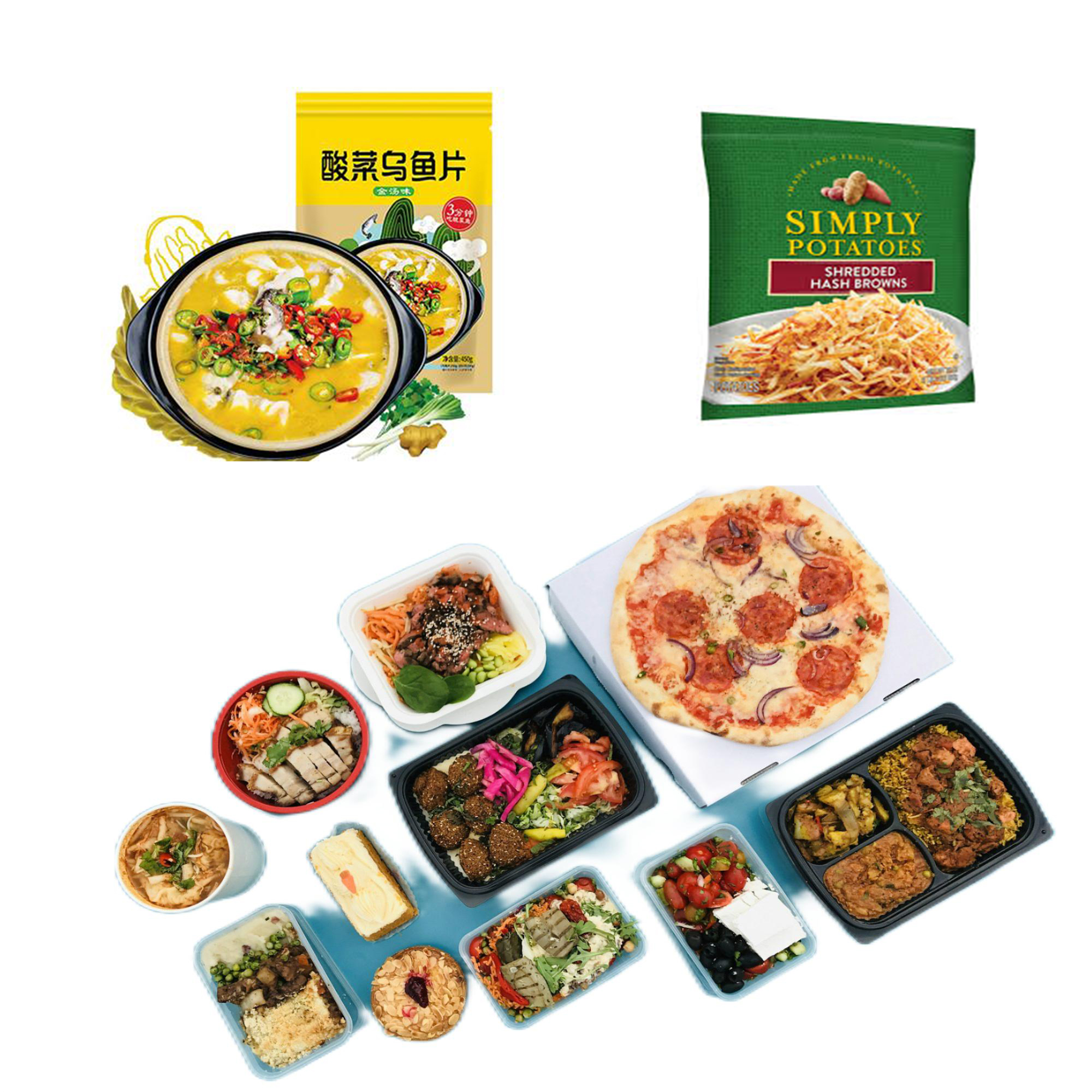Introduction
In the fast-paced world of food production, dry food packaging is more than just a necessity—it’s a vital component that can make or break a product’s success. Whether you’re packaging grains, snacks, or powdered goods, the right packaging solutions ensure your products stay fresh, safe, and appealing to consumers. But with so many options on the market, how do you choose the best one?
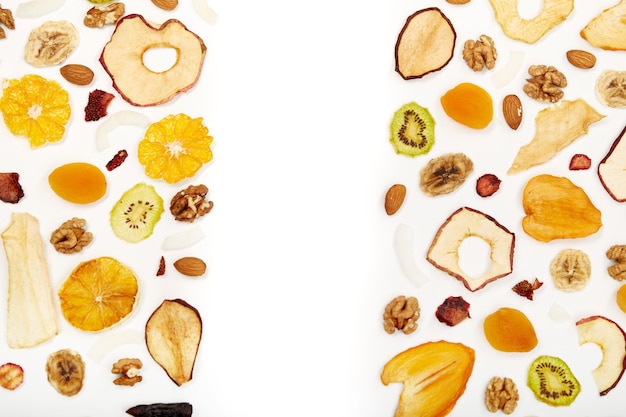
In this blog, we’ll dive into the essential aspects of dry food packaging solutions, address frequently asked questions, and provide valuable insights to help you make informed decisions. From understanding the latest trends to choosing the most effective materials, we’ve got everything you need to keep your products at their best.
Market Trends for Dry Food
Dry foodstuffs, such as raisins. In 2021, the dried fruit market was estimated to be worth USD 6.28 billion. According to projections, the dried fruit market industry would expand at a compound annual growth rate (CAGR) of 5.70% from USD 7.21 billion in 2024 to USD 15.5 billion by 2030. With their diverse range of nutrients and minerals, dried fruits offer a plethora of nutritional advantages. Customers have included it as a daily food in their diet plans. The market for dried fruits has grown dramatically as a result of this change in inclination.

Because dried fruits are healthy, more people are eating them as a snack and as a raw component in vegan and gluten-free baked goods. The food packaging industry’s advancements have made it possible for producers and distributors to offer dried fruits in convenient, travel-friendly, and consumable packaging. Market expansion is aided by manufacturers’ growing investments in prolonging product shelf life.
What Makes Dry Food Packaging So Important?
Dry food packaging is essential for a number of reasons, all of which have an immediate bearing on your product’s success and quality. Why it matters is as follows:
Preservation of Freshness: Maintaining the product’s freshness is the main purpose of dry food packaging. Food quality can be gradually lowered by oxygen, light, and moisture, all of which are barriers that packaging serves to prevent.
Extended Shelf Life: Carefully packaged dry goods can have a much longer shelf life, which saves waste and guarantees that customers receive the best possible product.
Brand Differentiation:Your product’s packaging can make a difference in a crowded market. It should be visually appealing, educational, and consistent with your brand’s core values because it is frequently the first thing that customers notice.
Sustainability: There is an increasing demand for sustainable packaging as customers grow more ecologically concerned. Selecting environmentally friendly packaging will appeal to a larger market and improve the reputation of your company.
Dry food packaging materials and technology
What are the best materials for dry food packaging?
Dry food packaging materials mainly include plastics, paper, metals and glass. Each material has its own unique physical and chemical properties and is suitable for different packaging needs.
Plastic packaging materials: lightweight, waterproof, and highly plastic, widely used in disposable packaging of dry foods. For example, polyethylene (PE) and polypropylene (PP) are widely used due to their good moisture resistance and mechanical properties.
Paper packaging materials: environmentally friendly, recyclable, suitable for packaging that needs to display products or provide additional strength. Cardboard and paper bags are common choices.
Metal packaging materials: mainly aluminum and tin, with extremely high barrier properties, often used for dry food packaging that requires high shelf life and long-term storage.
Glass packaging materials: transparent, reusable, suitable for foods that need to display products or are extremely sensitive to oxygen and moisture.
Application of packaging technology
The packaging technology of dry foods needs to meet the needs of protecting food, extending shelf life, and facilitating storage and carrying.
Moisture-proof packaging: Prevent food from absorbing moisture and deteriorating by using materials with low water vapor permeability, such as tin-coated sheets and glass, or using composite packaging materials.
Vacuum packaging: By excluding the air in the package, reducing the contact between oxygen and food, the shelf life of food is extended, especially for high-fat and low-moisture foods.
Inflatable packaging: On the basis of vacuum packaging, by filling inert gases such as nitrogen or carbon dioxide, the food is further protected from oxidation.
Shrink packaging: Using a plastic film that has been stretched in a directional manner, the film is heated to make it close to the surface of the food. It is suitable for dry foods with irregular shapes or that need to be displayed.
Modified atmosphere packaging: By adjusting the gas composition in the package, the respiration of fresh fruits and vegetables is slowed down and the shelf life is extended.
Key Considerations for Choosing Dry Food Packaging Solutions
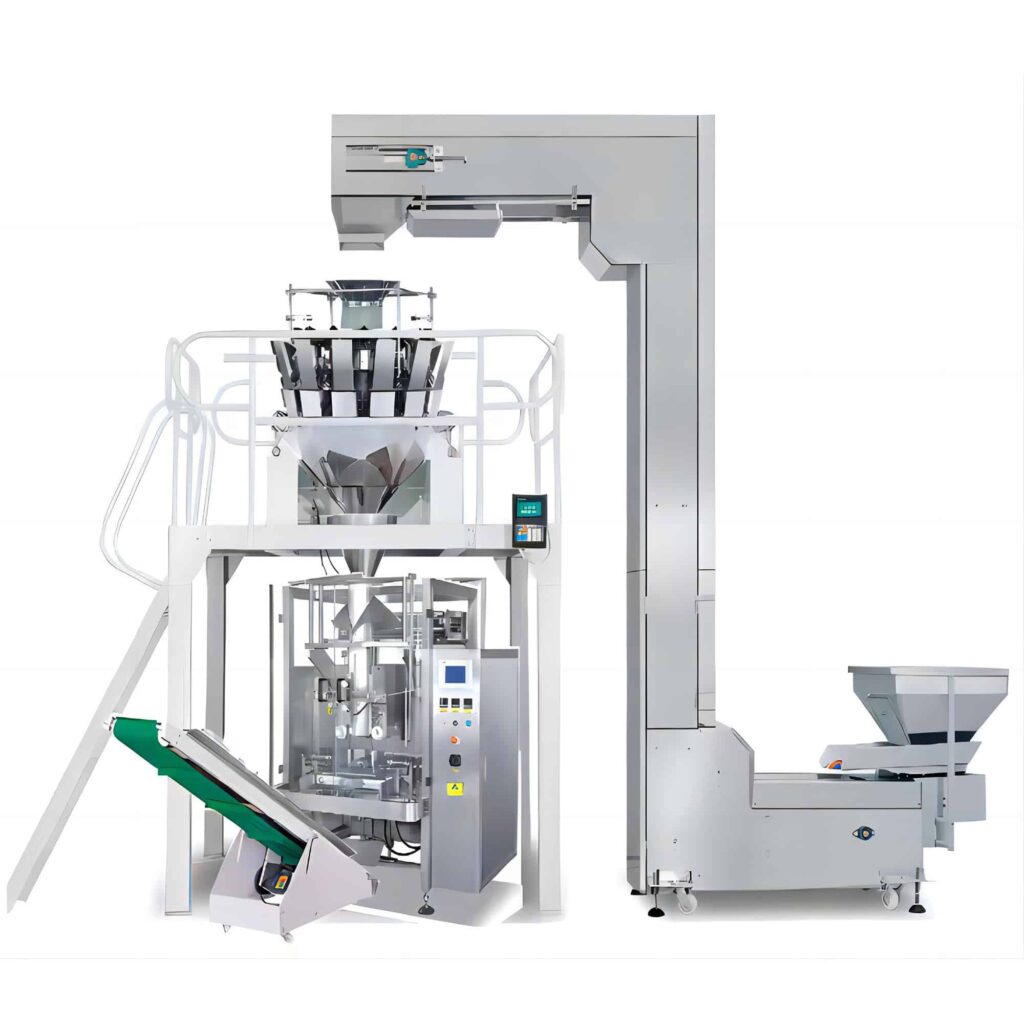
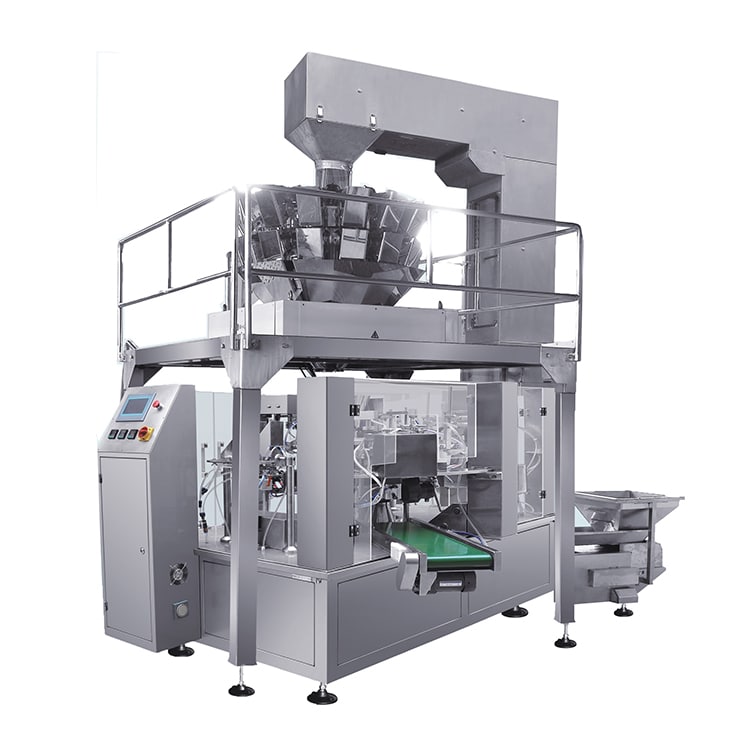
When selecting the best packaging for your dry food products, keep these factors in mind:
- Product Type: Different foods have different packaging needs. For instance, pasta might need a material that provides more protection against moisture, while cereals might benefit from a resealable option.
- Brand Identity: Your packaging should reflect your brand’s values and resonate with your target audience. Whether you prioritize sustainability or luxury, make sure your packaging aligns with your brand message.
- Cost-Effectiveness: While it’s important to invest in high-quality packaging, it also needs to be cost-effective to ensure profitability. Look for materials and designs that offer the best value for money.
- Consumer Preferences: Always consider what your consumers want. Are they looking for eco-friendly options? Do they value convenience? Tailor your packaging to meet their expectations.
Frequently Asked Questions About Dry Food Packaging Solutions
1. How can I make my dry food packaging more sustainable?
Sustainability is a hot topic in packaging, and there are several ways to make your packaging more eco-friendly:
- Opt for Recyclable Materials: Use materials like paper, cardboard, or certain types of plastics that can be recycled, reducing environmental impact.
- Reduce Material Usage: Design your packaging to use the minimum amount of material necessary without compromising on protection or quality.
- Consider Compostable Options: Compostable packaging is an excellent way to minimize waste, as it breaks down into natural elements once disposed of.
- Partner with Green Suppliers: Work with suppliers who prioritize sustainability in their processes, ensuring your packaging aligns with eco-friendly practices.

2. What trends are shaping the future of dry food packaging?
Several trends are currently influencing the dry food packaging industry:
- Minimalist Packaging: Consumers are drawn to clean, simple packaging designs that convey transparency and natural ingredients. This trend is all about letting the product shine without unnecessary clutter.
- Smart Packaging: Technology is playing a bigger role in packaging, with smart features like QR codes and NFC chips that provide additional product information and enhance consumer engagement.
- Sustainable Solutions: The push towards sustainability is stronger than ever. Expect to see more brands adopting recyclable, compostable, and biodegradable packaging materials.
3. How can I ensure my packaging keeps my product fresh?
Keeping your product fresh is all about choosing the right packaging materials and design. Here are a few tips:
- Use High-Barrier Materials: Materials like aluminum foil or multi-layered plastic films offer excellent protection against moisture, oxygen, and light, all of which can degrade your product.
- Airtight Seals: Ensure your packaging has airtight seals to prevent air from entering and compromising the product’s freshness.
- Regular Testing: Conduct regular testing of your packaging to ensure it maintains its protective qualities over time.
Conclusion
Dry food packaging solutions are a vital aspect of the food industry, ensuring products remain fresh, safe, and appealing to consumers. By choosing the right materials, staying up-to-date with trends, and focusing on sustainability, you can elevate your product’s market appeal and contribute to a more sustainable future. Remember, your packaging is often the first impression your product makes—make it count!





